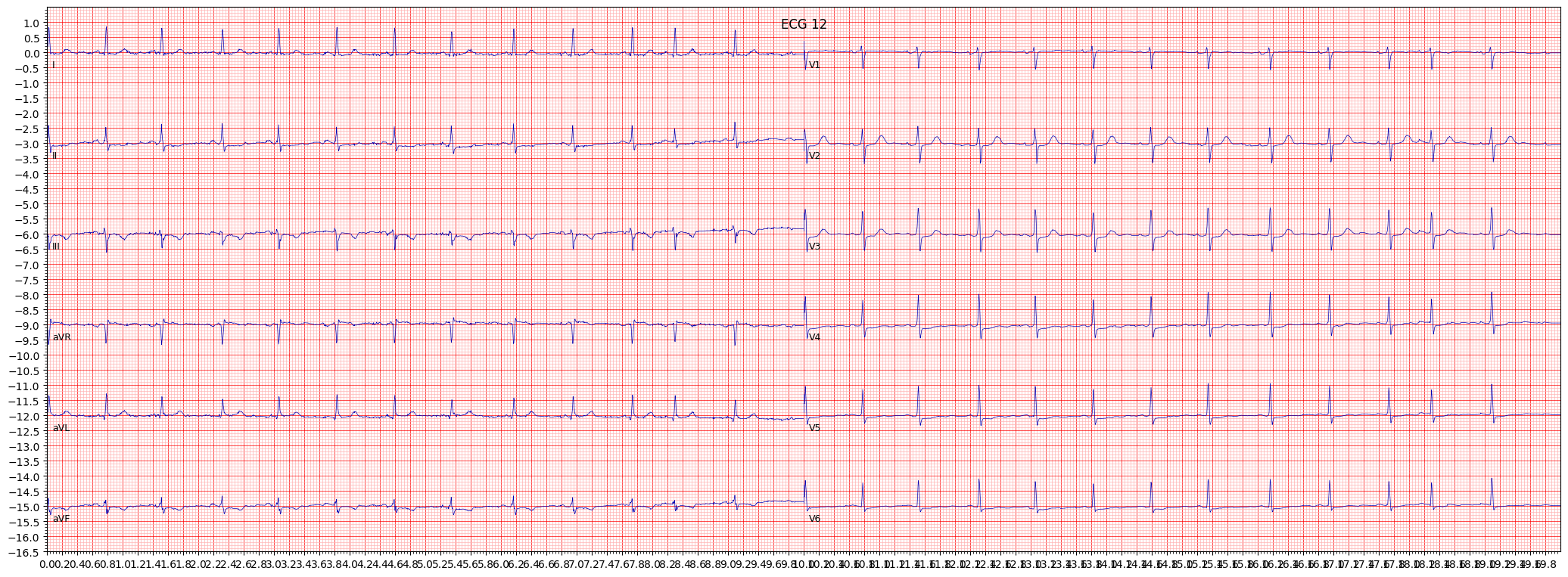ischemic in inferior leads (ISCIN)
Ischemic in inferior leads (ISCIN) is a type of electrocardiogram (ECG) finding that indicates a possible lack of blood flow and oxygen to the heart muscle in the inferior region, which includes leads II, III, and aVF.
ISCIN can be asymptomatic, meaning that the individual may not experience any noticeable symptoms. However, some individuals may experience symptoms such as chest pain, shortness of breath, palpitations, and dizziness.
When reviewing an ECG for ISCIN, it is important to pay attention to the presence of ST-T wave changes that are localized to the inferior leads. Other things to pay attention to include the presence of T wave inversions, ST segment depression or elevation, and the morphology of the QRS complexes.
- Look for ST-T wave changes in the inferior leads (II, III, and aVF)
- Check for the presence of T wave inversions in the inferior leads
- Observe the presence of ST segment depression or elevation in the inferior leads
- Examine the morphology of the QRS complexes
If ISCIN is suspected, further testing such as stress testing, echocardiography, or cardiac catheterization may be recommended to determine the extent of the ischemia and if there is an underlying cardiovascular condition that requires treatment.
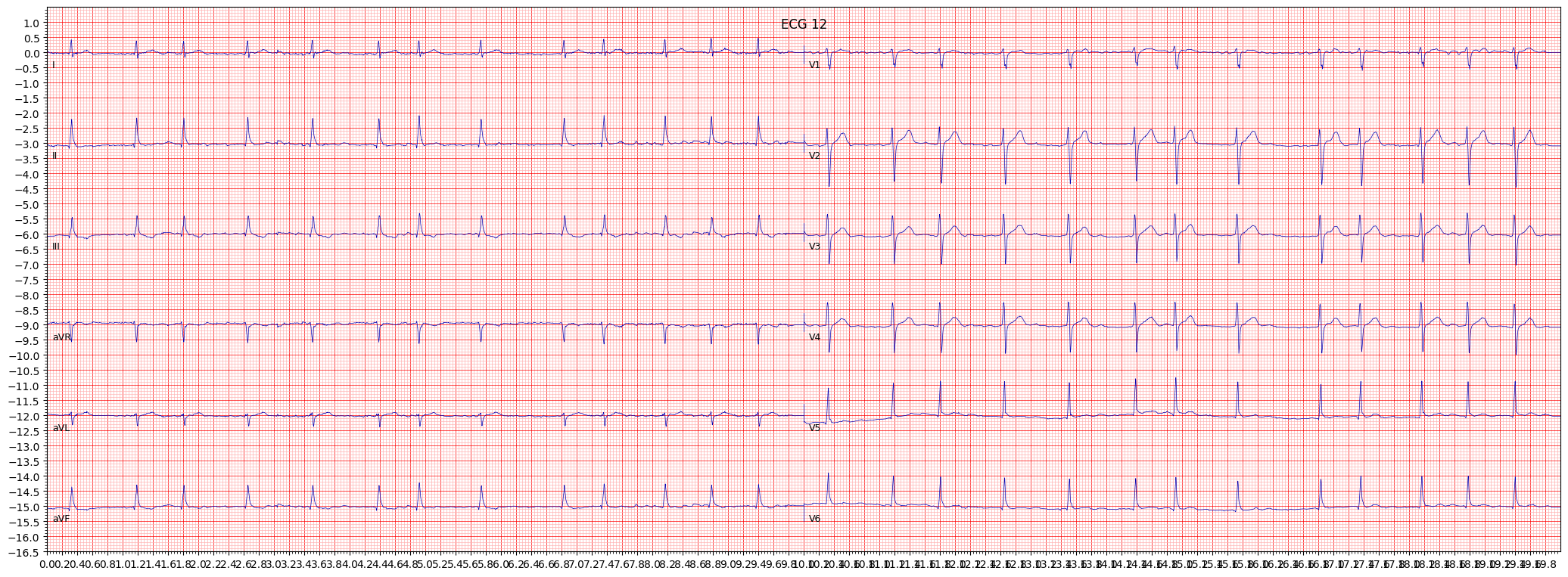 example 2:
example 2:
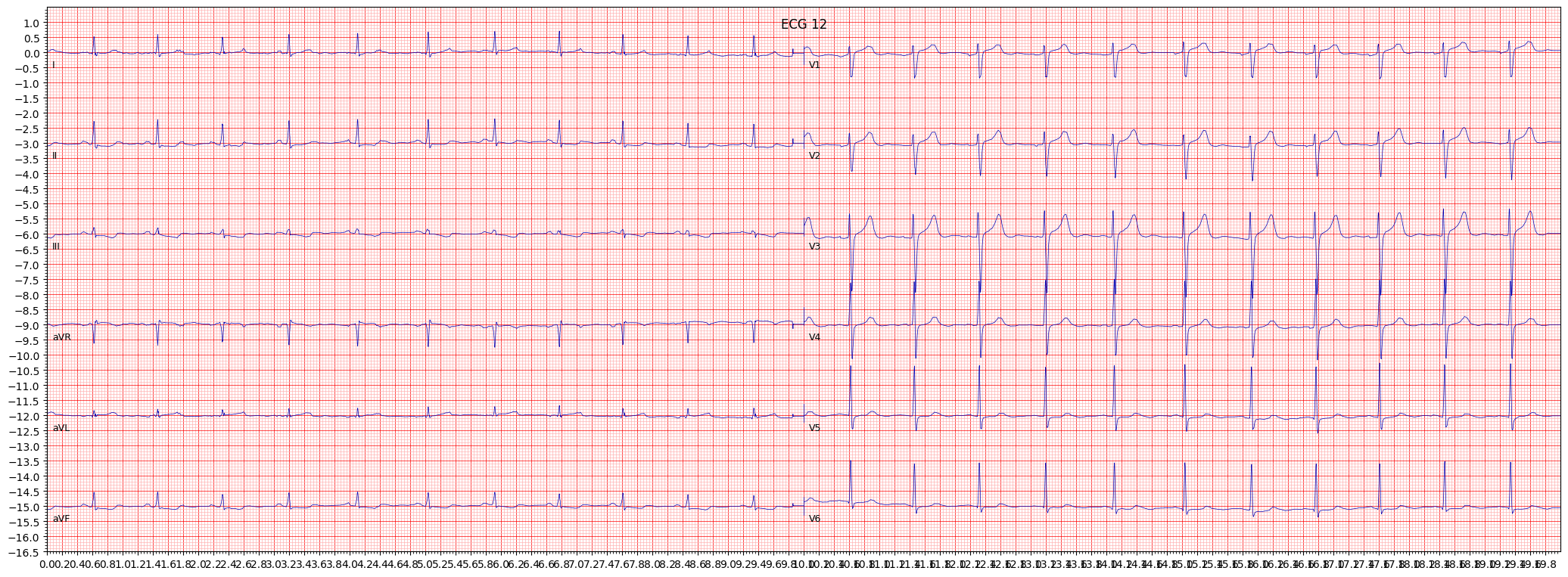 example 3:
example 3:
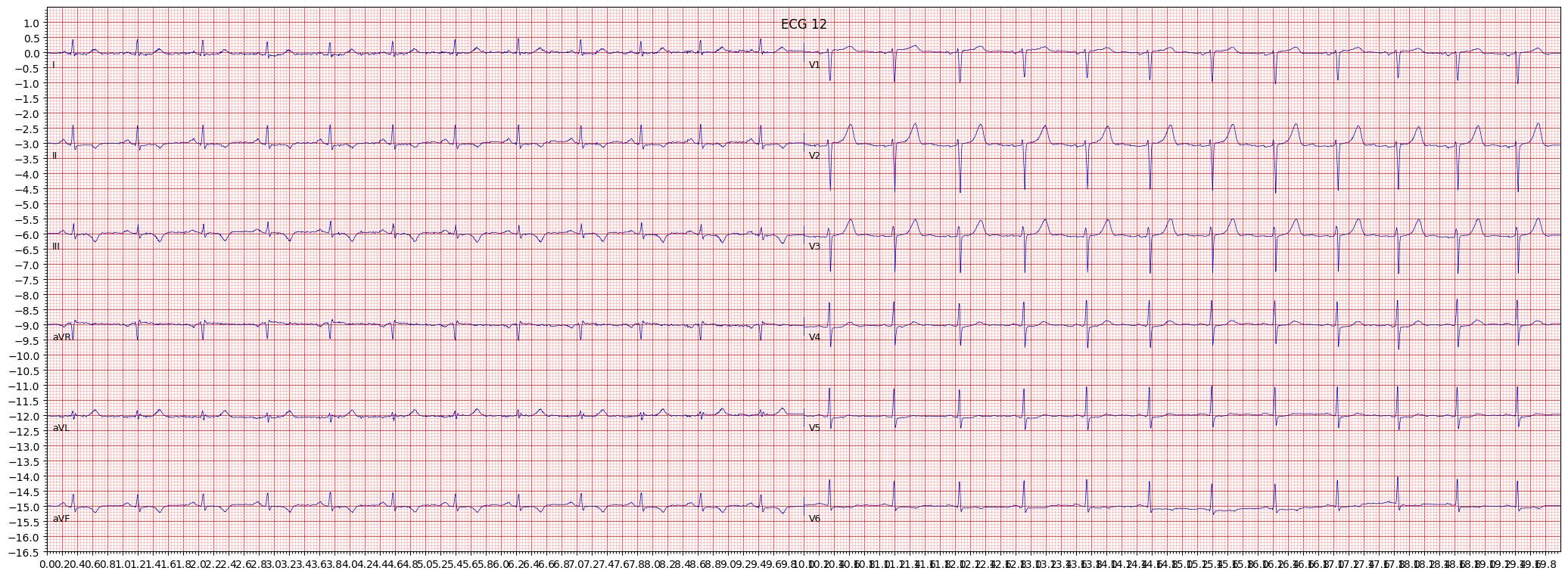 example 4:
example 4:
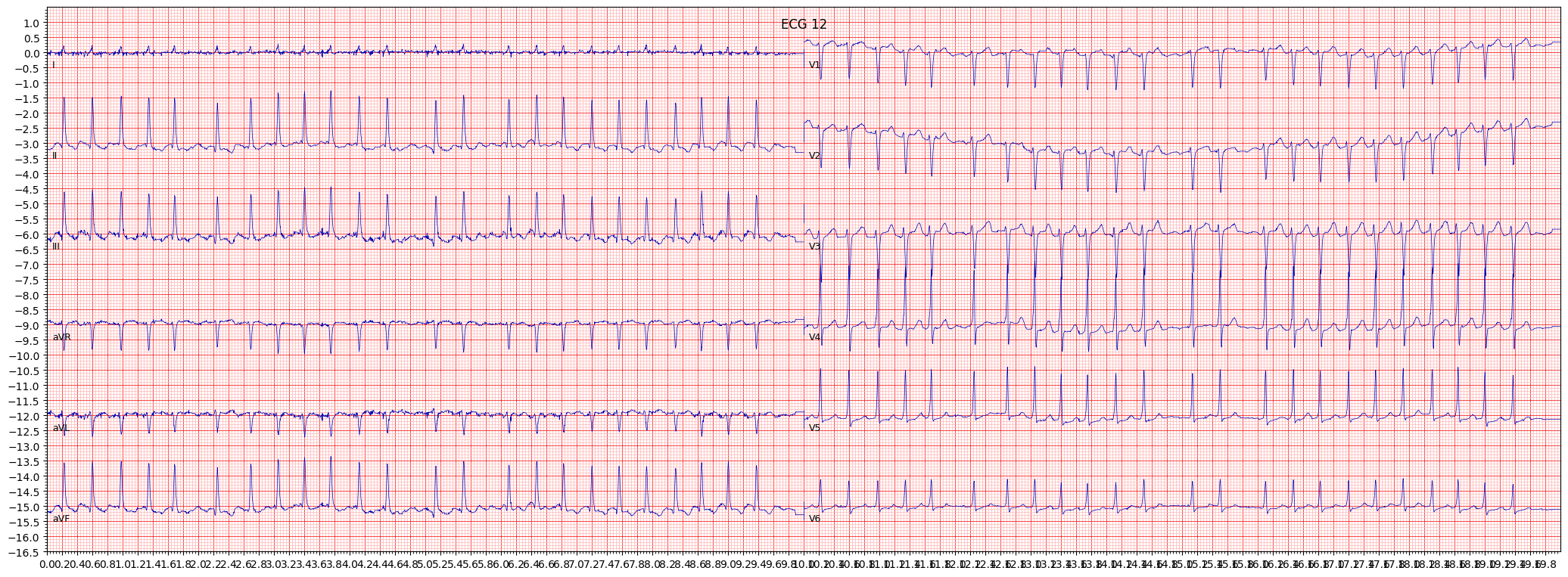 example 5:
example 5:
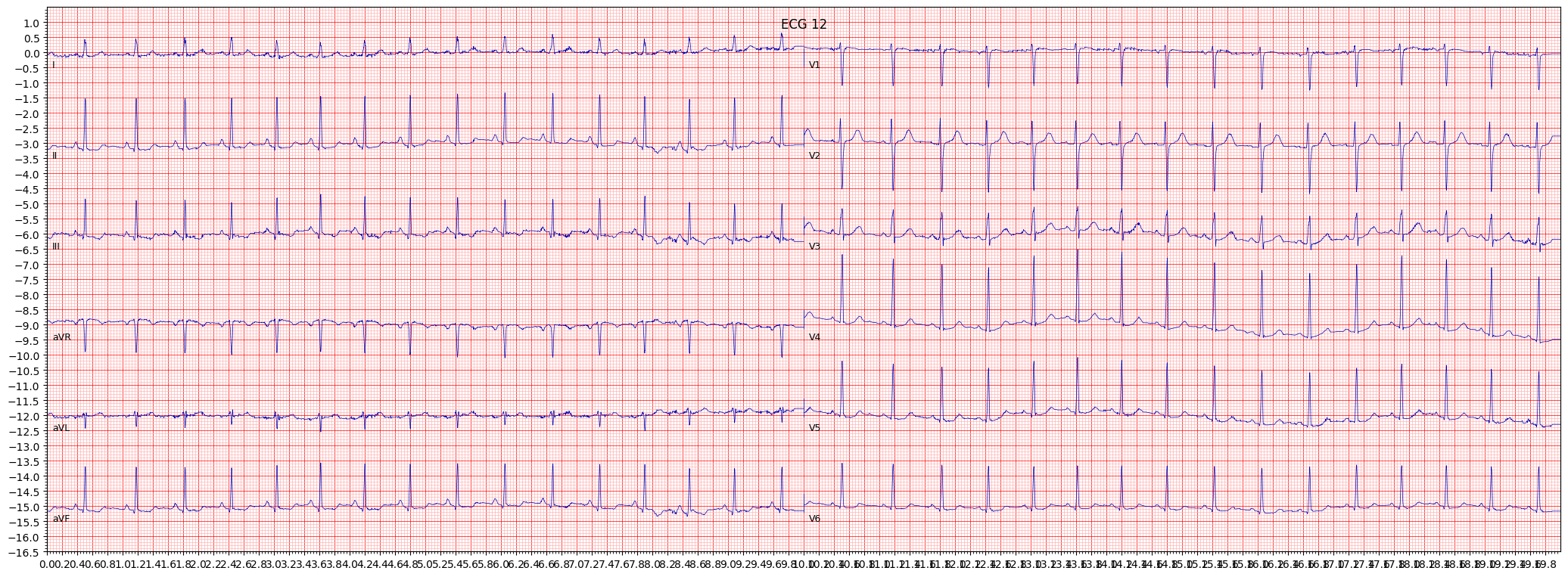 example 6:
example 6:
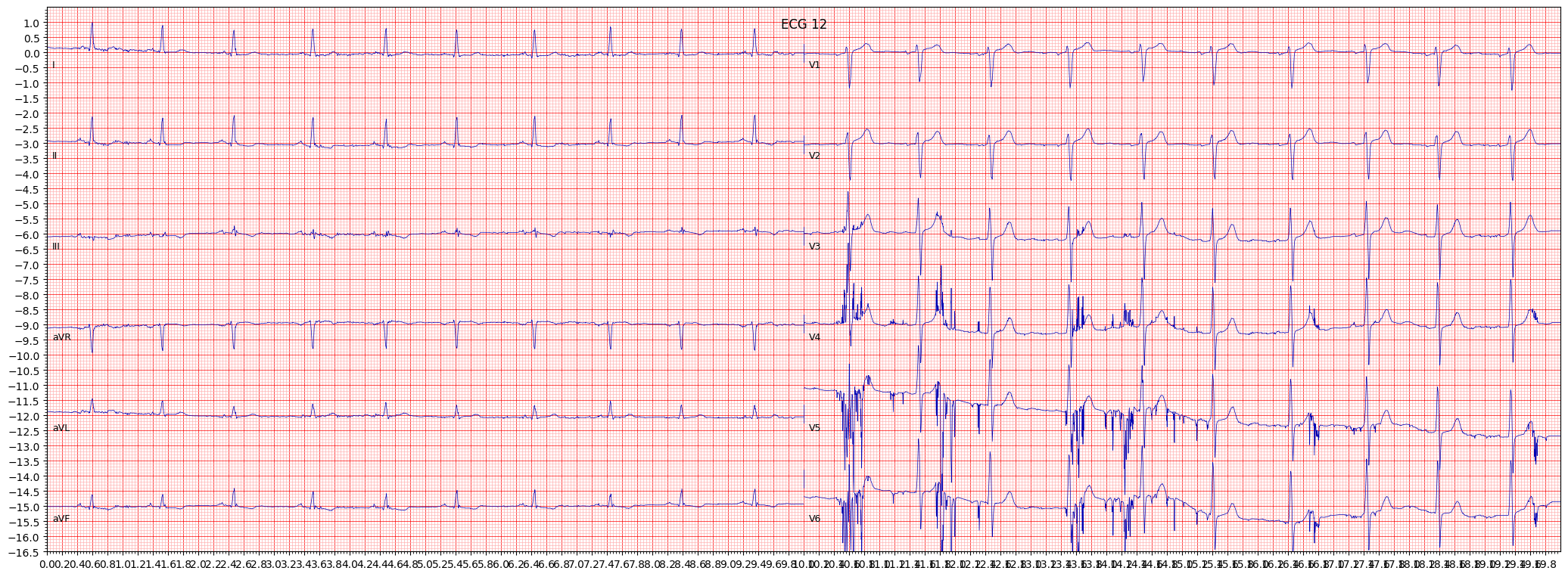 example 7:
example 7:
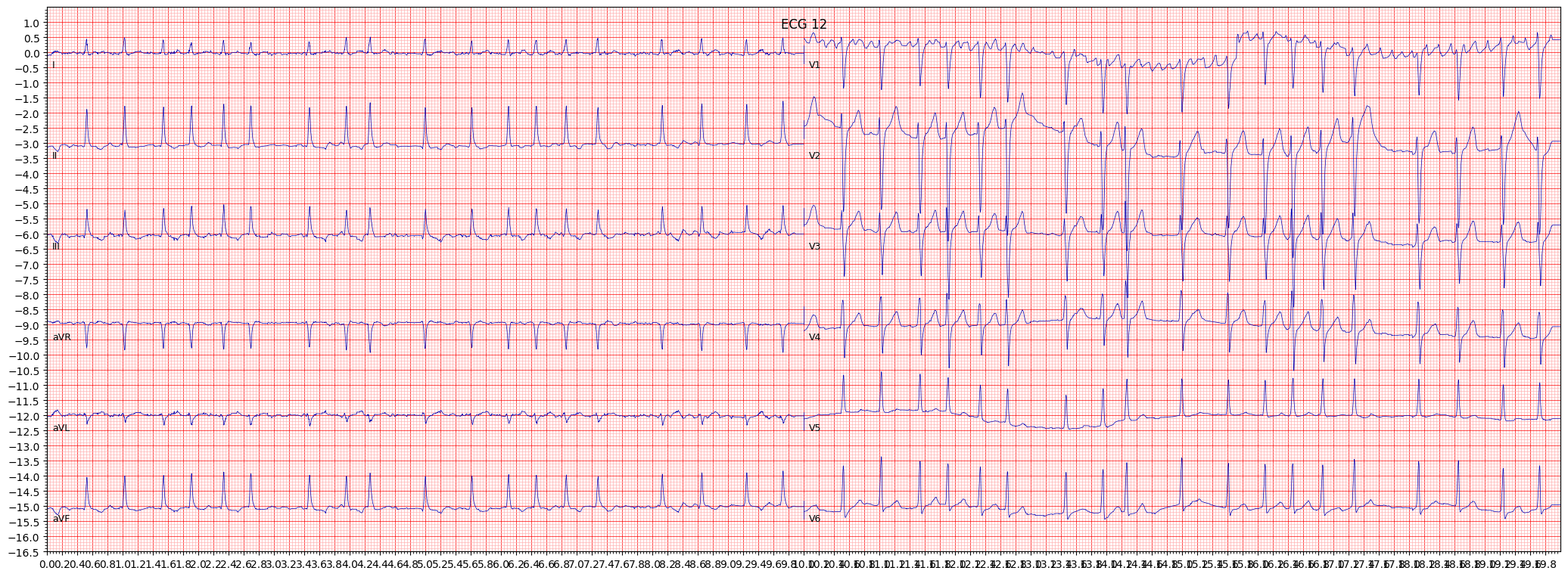 example 8:
example 8:
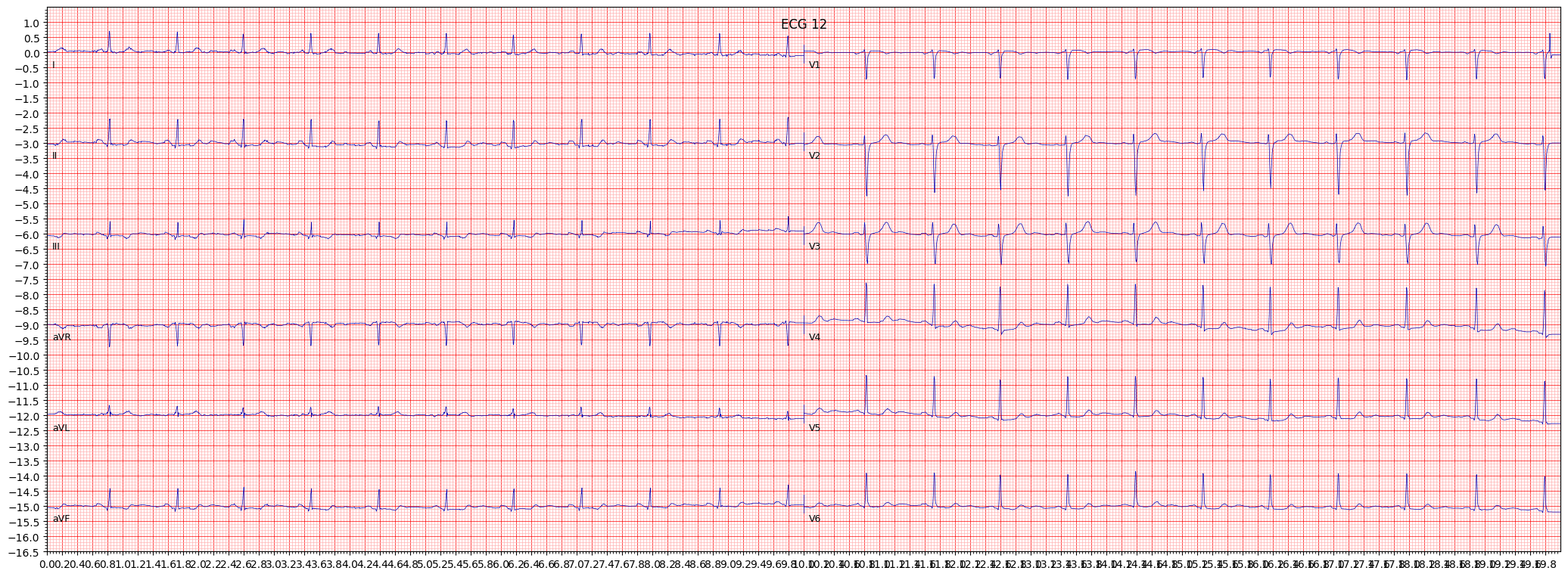 example 9:
example 9:
